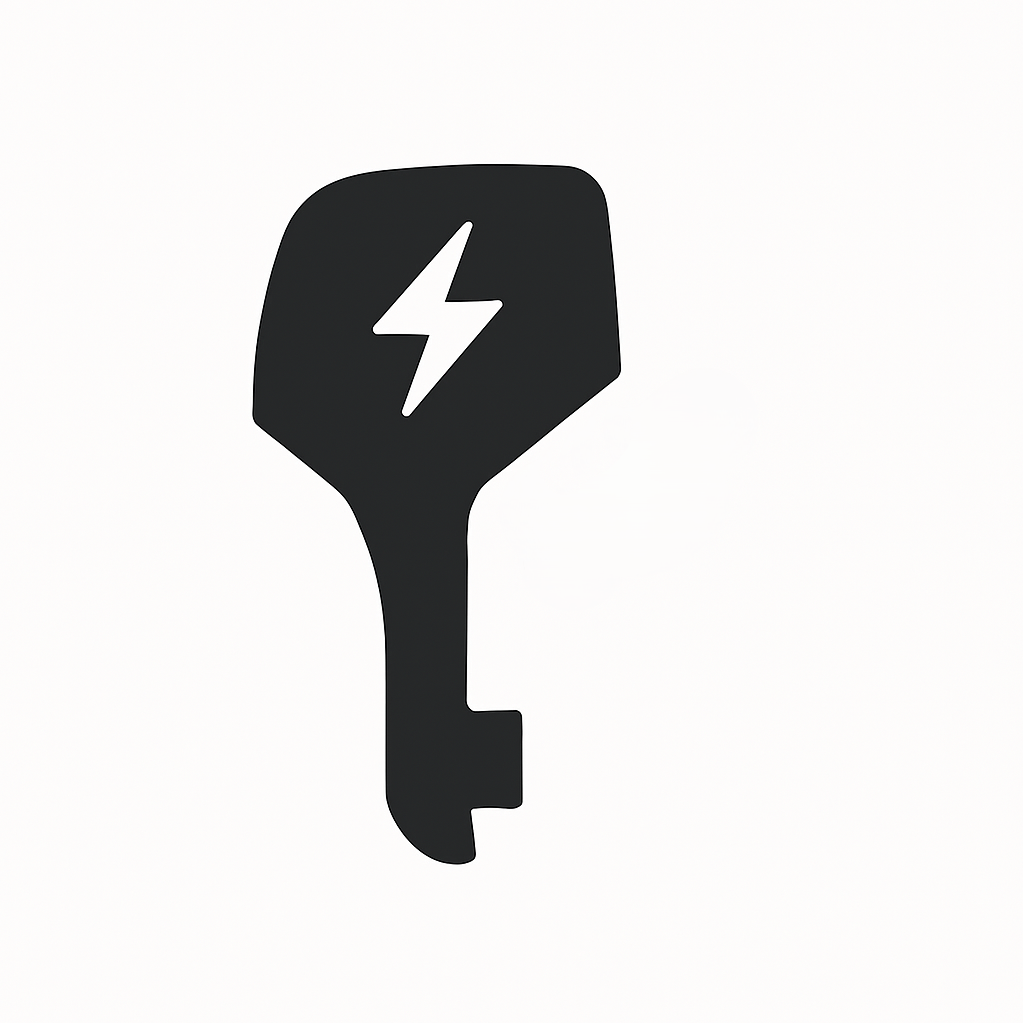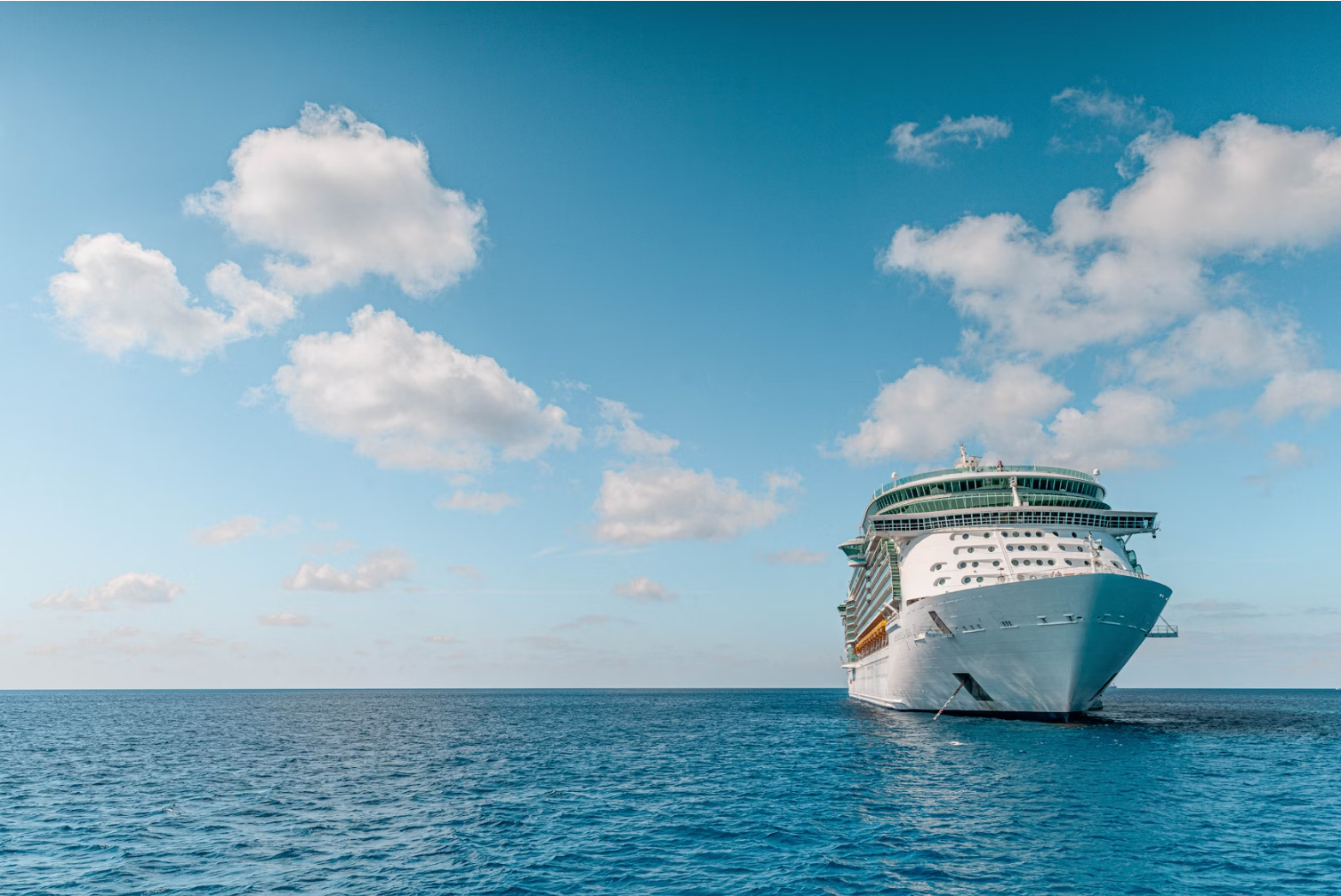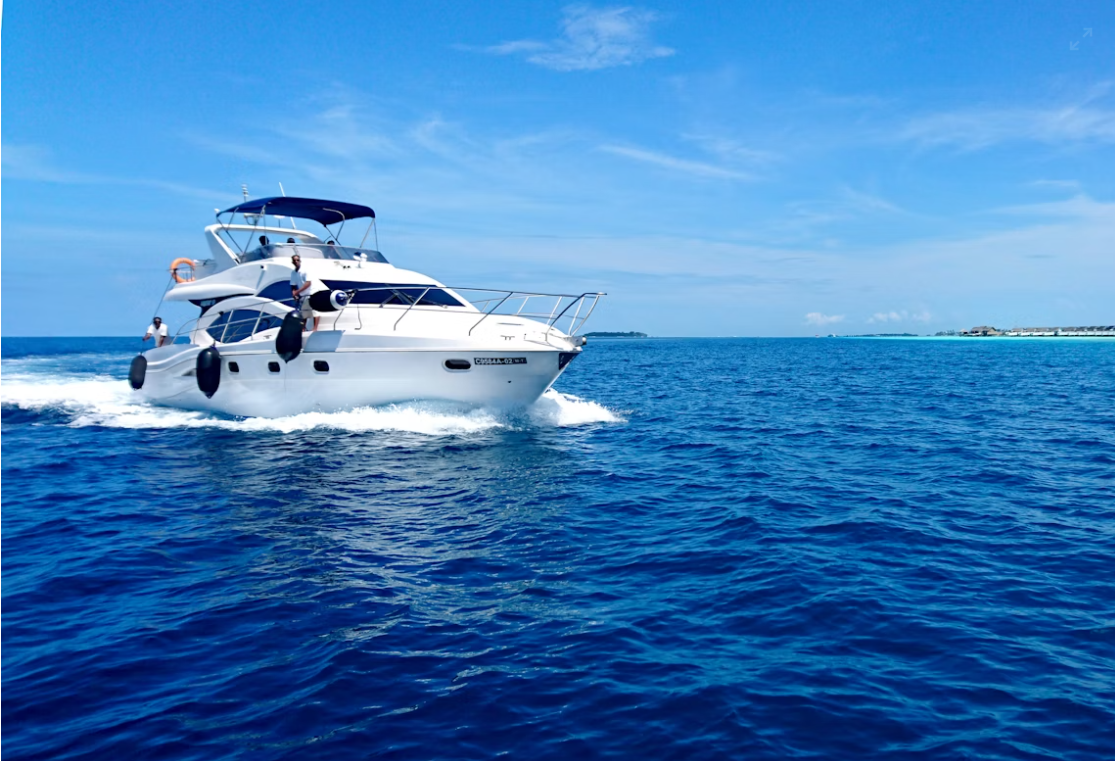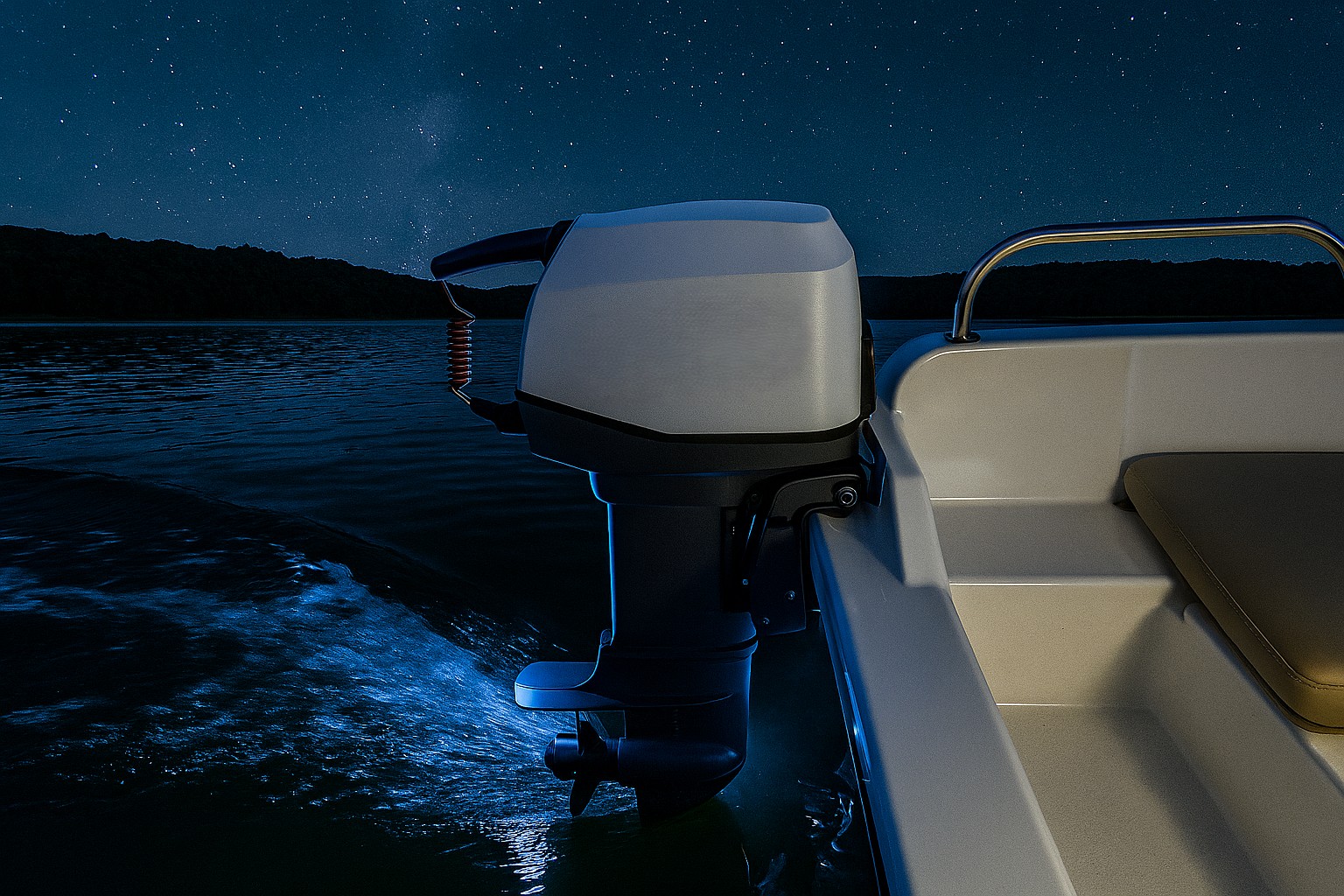Are you looking for the lightest outboard motor in the 150-200 hp range for UK waters? Have you considered how weight impacts your boating experience? Whether you’re using a 150 hp outboard on a coastal RIB or a 200 hp on a fast fishing boat, weight is more than just a number on a spec sheet. Instead, it’s a crucial factor that can influence everything from fuel efficiency and trim to transom loads and trailer balance.
In this guide, we’ll show you the lightest outboard motors. We’ll break down how weight is measured for both petrol and electric outboard motors, why it truly matters for your boat’s performance, and which brands lead the market in 2025 based on weight and power-to-weight ratios.
What Does “Lightest Outboard Motor” Mean?
When manufacturers advertise their lightest outboard motors, it can be easy to misread. Weighing conventions vary, and the numbers you see aren’t always apples-to-apples. Here’s a clearer, more practical way to understand it—and how to compare fairly.
1) Why “lightest outboard motor” isn’t straightforward
- Different inclusions. Some brands quote dry weight for petrol engines (no fluids, no prop, no gearcase, and only a standard shaft length). Others quote a fully fueled, ready-to-go package, or anything in between.
- Electric vs petrol. Electric outboards can seem light when you only weigh the head unit on the bracket. Add the battery pack, cables, charger, and power electronics, and the total system weight can dwarf a petrol setup that relies on fuel in a tank instead of heavy batteries.
2) Two fair ways to compare electric outboards
When you’re buying a laptop, the “screen-only” weight is not what you’ll carry in your bag. Instead, you also need the power supply, keyboard dock, and accessories to understand the real load you’re lugging around. It’s the same case in choosing the lightest outboard motor. If you’re evaluating electric models, ask for two weights:
- Head-unit weight. The outboard unit on the transom bracket (just the motor, without batteries or cables).
- System weight. The total mass you’d actually put on the hull when you’re using the setup (outboard head + battery pack(s) + cabling + charger or any other power electronics). If you plan to run with a high-capacity battery, the system weight can be much higher than the head unit alone.
3) Two fair ways to compare petrol outboards
For petrol engines, the most consistent metric for the lightest outboard motor is typically the official dry weight by shaft length (the mass of the engine itself with minimal configuration).
- This is most useful when you want to compare transom handling and trim characteristics, i.e., how much weight sits on the transom and how it affects balance.
- It’s especially helpful when you’re swapping engines with the same shaft length and control setup.
Example: In UK dealer listings, you’ll often see dry weights by shaft length. Mercury, for instance, lists:
- About 455 lb (≈206 kg) for a 150 hp FourStroke.
- About 473–475 lb (≈214–216 kg) for a 200 hp V6, depending on shaft and control options.
4) How to compare fairly
- Decide what you care about most:
- If you’re worried about handling and trim at the stern, compare transom weight (engine weight plus any mounting hardware you’ll keep on the boat).
- If your concern is total hull mass (efficiency, performance, draft changes due to load), compare system weight (including fuel or battery, oils, coolants, and accessories).
- Ask for both numbers when possible:
- For electric: request head-unit weight and complete system weight at the types of battery you’d actually use.
- For petrol: request the official dry weight by shaft length (and, if available, the wet weight with standard fluids for a more realistic figure).
- Check what’s included:
- Propeller, gearcase, control cables, and mounting hardware—are they included or excluded?
- Fluids (oil/fuel) included or not?
- Battery sizes and configurations (for electric) and fuel tank capacity (for petrol) factored into the weight.
| Propulsion | What the quoted “weight” usually includes | What to ask |
|---|---|---|
| Petrol (Four-stroke) | Dry weight, specific shaft, no prop; sometimes excludes oil/gear oil. | Confirm shaft length, gearcase, and whether fluids/prop are included. Mercury/Yamaha/Suzuki publish by variant. |
| Electric | Either head-unit alone or full system (motor+battery+cables+charger). Specs often list kWh not kg. | Request both head-unit mass (transom) and system mass at your required kWh (e.g., 60 kWh for Vision Marine 180E). |
Sources: Mercury, Yamaha, Suzuki product pages and dealer specs; Vision Marine coverage.
Why Choosing the Lightest Outboard Motor Matters
A lighter engine can reduce stern squat, help smaller RIBs plane sooner, improve fuel economy/energy draw, and ease trailer nose-weight management. It also lowers loads on the transom and brackets—useful for older hulls being repowered. For electrics, where mass sits matters: batteries can be mounted low and amidships to improve trim even if total system weight exceeds a comparable petrol rig.
150–200 hp Lightest Outboard Motors compared by power-to-weight ratio
150–200 hp Lightest Electric Outboard Motors
The power-to-weight ratio is one of the most important indicators of how an outboard motor will perform on the water. A motor that produces more horsepower per kilogram generally delivers stronger acceleration, higher top speed, and improved overall efficiency. The principle is simple: less weight means less drag and more thrust efficiency—especially vital for planing hulls, RIBs, and performance craft.
Consider these factors when choosing or repowering your boat:
- A 60 hp motor weighing 240 lbs will usually outperform a 275-lb model with the same horsepower on the same hull.
- Heavier outboards often include features such as EFI, SOHC architecture, or advanced oil-cooling systems. While these enhance refinement and reliability, they are not essential for every boater.
- Lightweight aluminium boats and mid-size hulls benefit most from reduced engine weight to maintain balance and optimal trim.
- When repowering, always confirm your transom’s rated load and gearcase limits to avoid overstressing the structure.
- Match the motor’s weight, RPM range, torque curve, and technological features to your boat’s capacity and usage profile for the best performance.
Power-to-Weight Among Modern Electric Outboards (150–200 hp Class)
Electric propulsion has advanced rapidly, but system mass—including the batteries—still plays a defining role in real-world performance. Unlike petrol outboards, electric systems must be evaluated by system power-to-weight ratio (motor + battery + electronics). The following examples illustrate how today’s leading high-power electric brands compare:
| Brand / Model | Peak Power (hp) | System Weight (kg) | Includes Battery | Power-to-Weight (hp/kg) | Key Features |
|---|---|---|---|---|---|
| ExploMar WAVE 150+ | 200 | 744 | ✔ 90 kWh NMC battery | 0.27 | High-voltage SI-90 platform (~800 V); integrated Smart Captain autonomy & diagnostics; ideal for large RIBs and commercial craft. |
| Vision Marine E-Motion 180E | 180 | ≈ 340 (est.) | ✔ 60 kWh battery | ≈ 0.53 (est.) | 650 V system; 60 kWh pack; designed for high-speed leisure boats; weight estimate derived from public data. |
| ACEL IE 150 | 200 (peak) | 173 | ✘ motor only | 1.16 | Water-cooled motor; 150 hp continuous; modular battery options. |
| Evoy Pro 150 | 200 (peak) | ≈ 150 (est.) | ✘ motor only | ≈ 1.33 (est.) | High-performance setup with E-Brain control and OTA updates. |
How to interpret the figures: When comparing electric outboards, divide the motor’s output by the total system mass—including batteries sized for your required runtime. For instance, Evoy’s indicative ~600 kg full system for a 150 hp setup equates to roughly 0.25 hp/kg. Although heavier overall, distributed battery placement can improve balance and ride stability.
Key Takeaway
When comparing high-power outboards, it is essential to distinguish between bare-motor figures and system totals. Electric propulsion brings zero emissions and instant torque, but battery mass shifts the true ratio. ExploMar and Vision Marine are closing the gap with integrated, intelligent systems—while Mercury’s latest V6 petrol engines remain benchmarks for sheer power-to-weight efficiency in the 150–200 hp bracket.
150–200 hp Lightest Petrol Lightest Outboard Motors
Petrol four-strokes still dominate pure power-to-transom-weight ratios in this range. Mercury’s compact V6 200 hp model is particularly notable for its low weight relative to output. Below are headline figures commonly compared by UK buyers:
| Model (shaft example) | Published Dry Weight | Power | Power-to-Weight |
|---|---|---|---|
| Mercury FourStroke 150 (20″) | ≈ 455 lb (≈ 206 kg) | 150 hp | ≈ 0.73 hp/kg |
| Yamaha F150 (DEC 20″) | ≈ 509 lb (≈ 231 kg) | 150 hp | ≈ 0.65 hp/kg |
| Suzuki DF150A (L shaft) | ≈ 511 lb (≈ 232 kg) | 150 hp | ≈ 0.65 hp/kg |
| Mercury FourStroke 200 (V6 20″) | ≈ 473–475 lb (≈ 215 kg) | 200 hp | ≈ 0.93 hp/kg |
Sources: official manufacturer data (Mercury, Yamaha, Suzuki). Calculations by author.
150–200 hp Lightest Outboard Motors compared by pure weight
If your top priority is a lighter stern and easier trim on a 6–7.5 m UK RIB or cuddy cruiser, pure dry weight is the deciding factor. Among petrol engines formally published in 2025, Mercury’s 150 hp FourStroke (~206 kg) remains the lightest widely available 150 hp option, while the Mercury 200 hp V6 (~214–216 kg) also stands out as one of the lightest in its class. Yamaha’s F150 DEC and Suzuki’s DF150A offer excellent reliability but add roughly 20–25 kg more in comparable trim.
For electric outboards, the picture changes. The head unit (motor + drive) can be surprisingly light, but once you include enough battery capacity for realistic range, the total system becomes substantially heavier. A typical 150 hp-equivalent electric system has been reported at around 600 kg overall depending on its kWh capacity and intended endurance. Where you distribute that weight—beneath deck, amidships, or across twin battery bays—has a major impact on handling and trim balance.
| Brand | Model / Band | What’s Publicly Published about Weight (2025) |
|---|---|---|
| Mercury | 150 FourStroke / 200 FourStroke V6 | ≈ 206 kg (150); ≈ 214–216 kg (200). Dry weights by shaft and trim option. |
| Yamaha | F150 DEC (In-line 4) | ≈ 231 kg (DEC 20″). Official dry weight from Yamaha dealers and product pages. |
| Suzuki | DF150A (L shaft) | ≈ 232 kg. Published dry weight per dealer and factory specification. |
| Vision Marine | E-Motion 180E (electric) | Powertrain rated at 180 hp (peak) with 60 kWh / 650 V system. Formal verified total system weight not consistently published as of 2025; estimates place full system around ≈ 340 kg with battery included. Request detailed BOM from supplier for confirmation. |
| ExploMar | WAVE 150+ / SI-90 Platform |
|
| Torqeedo | Deep Blue 50 R / 25 R | 50 kW and 25 kW (≈ 80 hp / 40 hp equiv.); below the 150–200 hp band but useful for context in system mass benchmarking. |
| Pure Watercraft | Pure Outboard (~25 kW) | ~ 53 kg motor head unit; ≈ 50 hp equivalent—outside this comparison band but illustrates low-power lightweight design trend. |
Notes: Electric system weights vary by battery capacity (kWh) and installation layout. Petrol figures are dry weights and can vary slightly with shaft length, gearcase type, and optional rigging. Always verify specifications with your UK dealer or manufacturer representative before repowering.
What This Means for Buyers in the 150–200 hp Segment
For conventional boaters seeking the lightest possible transom weight, Mercury’s V6 FourStroke range remains unmatched in its class. Electric systems such as ExploMar’s WAVE 150+ and Vision Marine’s E-Motion 180E demonstrate how energy storage capacity now drives overall mass: 90–180 kWh of battery adds significant stern load but provides quiet operation, instant torque, and zero tailpipe emissions. As energy density improves, future UK-market electric outboards are expected to close the gap on petrol rivals for both weight and range.
Key Features to Consider When Choosing a Lightweight Outboard
Power Output (torque)
Torque delivery shapes how “heavy” an engine feels under load. Electric units deliver peak torque from zero rpm, so a 150 hp electric outboard motor can feel punchier off the mark than a like-for-like 150 horsepower outboard motor, even if total system mass is higher. Petrol four-strokes rely on displacement and cam timing to broaden torque. Mercury’s recent FourStroke ranges emphasise an efficient, lightweight design that helps low-speed pickup.
Build Materials and Design
Magnesium or composite brackets, thinner castings, integrated steering (e.g., Yamaha) and compact V6 architectures (e.g., Mercury 200) all shave kilos and simplify rigging. Check whether lightweighting compromises corrosion protection—UK saltwater requires obsessive anode care.
Noise, Vibration, and Smoothness
Electrics are near-silent at idle and midrange. Modern petrols use counter-balancers and refined mounts; Yamaha and Suzuki’s in-line fours are smooth across a wide rev band, while Mercury’s V6 200 is impressively calm at cruise for its mass. Always sea-trial with your hull—it’s the only way to judge NVH properly.
Ease of Maintenance and Installation
Electric: fewer service items (no oil or fuel filters), but HV systems require trained techs and correct fusing/cabling. Petrol: routine servicing but simple to find support all around the UK coastline and inland marinas. Verify UKCA/CE conformity and dealer coverage whichever route you take.
Why Electric Leads the Lightweight Revolution
“Lightweight” has two meanings. Electric outboards often lead on transom weight per horsepower (head-unit can be compact and light), and they let you move mass into the hull via battery placement for better trim and ride. However, if you define “lightest” strictly as total system kg for a given runtime, petrol still wins today for 150–200 hp because petrol’s energy density is far higher than lithium batteries. As a worked example using published data: a ~60 kWh pack (as referenced around the E-Motion 180E) at a representative 166 Wh/kg battery energy density implies ~360 kg of cells before casings/wiring—illustrative of why total system masses climb.
Conclusion
The lightest outboard motor in the 150–200 hp class depends on how you define “light.” In pure dry weight, Mercury’s FourStroke 150 and 200 V6 still lead the field, giving boaters exceptional thrust without overloading the transom — ideal for fast, responsive handling on 6 – 7.5 metre hulls common in UK waters.
However, when evaluating electric outboards, the story shifts from kilograms to kilowatt-hours. Brands such as ExploMar and Vision Marine are redefining the segment by pairing high-voltage systems with intelligent integration. The ExploMar WAVE 150+ (90 kWh single-pack or 180 kWh dual-pack) shows how advanced NMC cell design and the Smart Captain System can deliver sustainable propulsion without compromising safety or control, even if overall system mass remains higher than petrol equivalents.
For most boat owners, the right choice will depend on intended use: lightweight petrol power for portability and speed, or a full-system electric drive for silence, instant torque, and emission-free cruising. As marine battery technology matures, the balance between weight, range, and performance will continue to evolve — and the next generation of high-power electric outboards is already closing the gap.
Frequently Asked Questions
How do I fairly compare a 150 hp petrol with a 150 hp electric outboard?
Use two views: (1) Transom weight (handling/trim) and (2) System weight (motor + energy store). Petrol system mass = engine + typical full fuel load; electric = outboard + battery pack sized for your runtime (e.g., ~60 kWh for a fast-cruise day). Then compare power-to-weight and range per kg.
Which 150 hp petrol outboard is the lightest in 2025?
On widely published UK-dealer specs: Mercury 150 FourStroke at roughly 206 kg dry weight. Yamaha F150 DEC and Suzuki DF150A are typically around 231–232 kg depending on shaft/options. Always confirm the exact variant.
Does an electric 180 hp outboard really weigh less on the transom?
Often the outboard unit is compact, yes—but you must include the battery system when planning the boat’s total mass and range. Vision Marine quotes 180 hp and ~60 kWh at ~650 V for the E-Motion 180E, but obtain a full bill-of-materials (with kg) for your installation.
Will a heavier engine affect my UK trailer setup?
Yes—nose-weight and axle limits can change with a heavier transom. If you move to electric, battery placement amidships can reduce nose-weight swing even if system mass rises. Check your trailer’s plate and balance after repower, and re-weigh before long tows.
Is there a simple rule of thumb for power-to-weight?
At 150–200 hp in 2025, mainstream petrol outboards deliver ~0.65–0.93 hp/kg at the transom (model-dependent), while electric system ratios vary widely with kWh. That’s why it’s critical to calculate against your actual battery size or fuel load.



